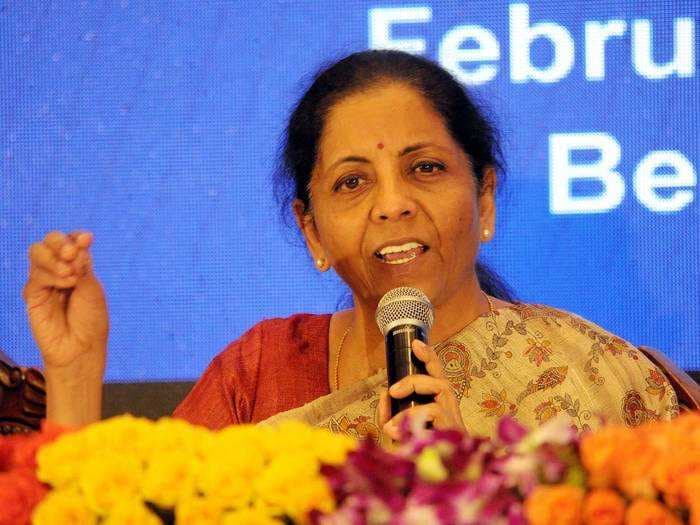- The government has withdrawn its
interest rate cut order, bringing relief to Indians who invest in small savings schemes. - The initial order announced cuts as sharp as 1.1% points, with some of the schemes barely beating the prevailing inflation rate.
Finance Minister Nirmala Sitharaman said that the initial order was ‘issued by oversight’.
However, the morning after, Finance Minister Nirmala Sitharaman rolled back the decision after much criticism on social media. The rate cuts announced 12 hours earlier was “issued by oversight,” she said in a tweet.
The old interest rates prevailing as on March 31, 2021 will continue to be applicable.
As former Finance Minister P Chidambaram pointed out, it is the practice for the government to issue new interest rates at the start of the financial year and therefore, the order may not have been ‘inadvertent’.
The
This would have not gone down well with a majority of voters. And with four states and a union territory, namely — Tamil Nadu, West Bengal, Kerala, Assam and Puducherry — in election mode, the Bharatiya Janata Party-led National Democratic Alliance (NDA) may not want to anger the voters by eating into their retirement money or funds set aside for the girl child’s education.
The benefit of these cuts is that they would have brought down the cost of capital for investors, and even the government that is looking to borrow heavily to meet its COVID-19 related expenses and the planned stimulus for the economy.
SEE ALSO:
Bank OTP issue – SBI, ICICI, HDFC and other bank customers could face OTP issues from April 1
PAN-Aadhaar linking deadline extended to June 30
India has the most to gain from Google, BMW and Volvo’s call for a ban on deep-sea mining — but it has its own plans to exploit resources under the ocean
